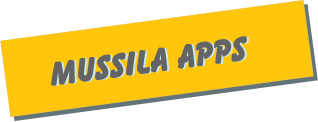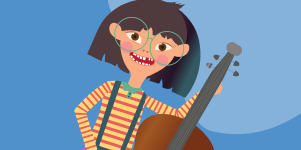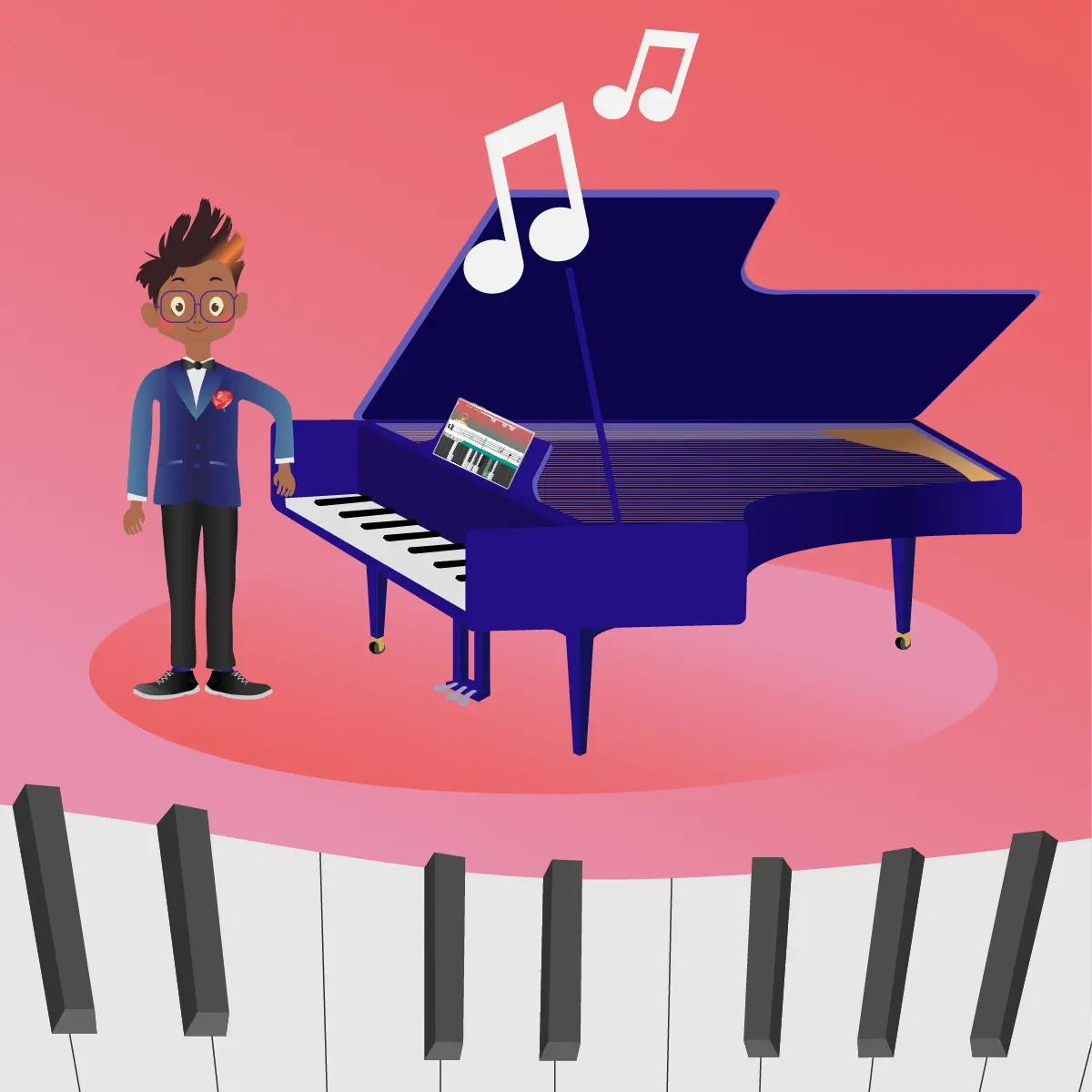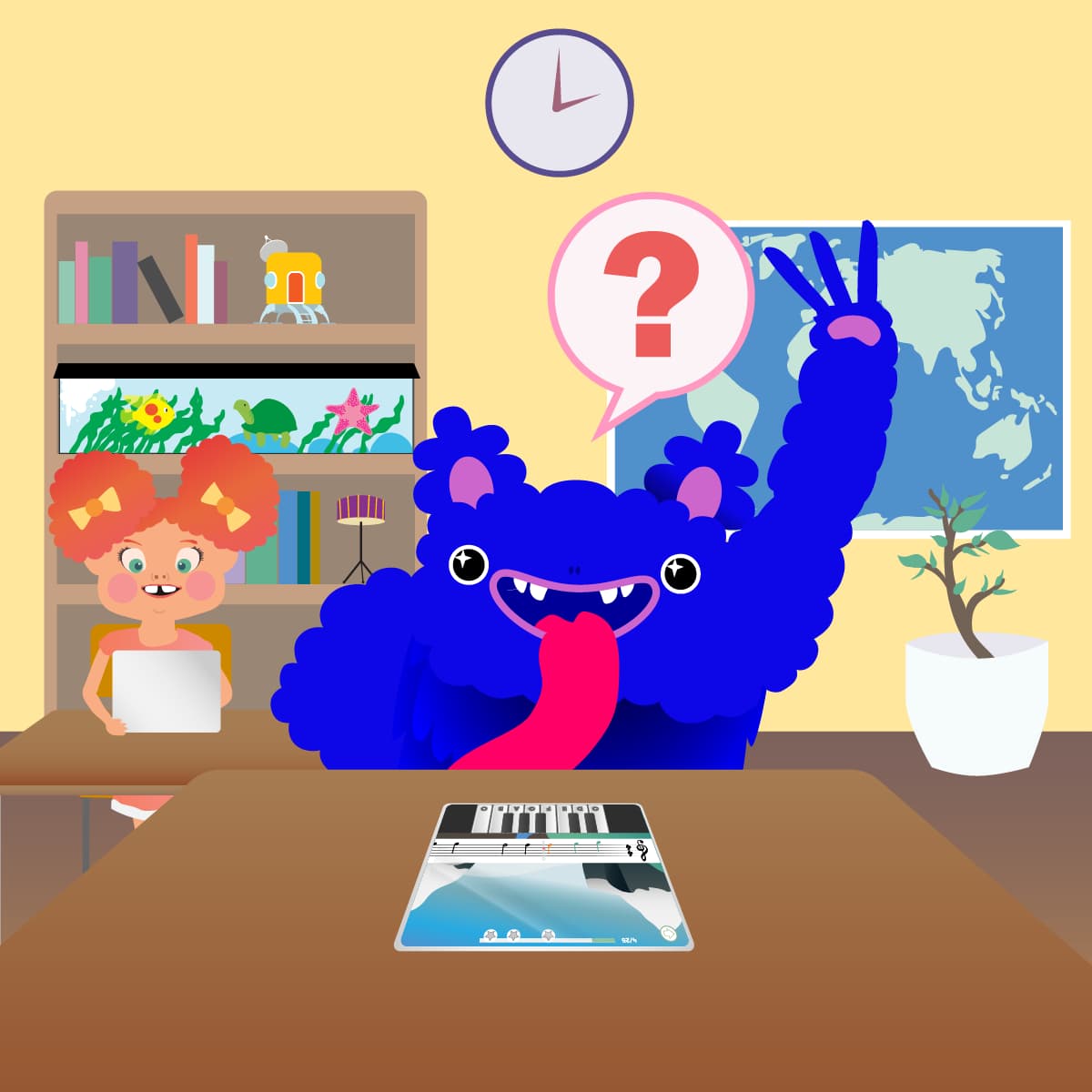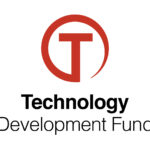By Jonathan Duffy, Arctic Meta
The world of today is one that is filled with technology. From the time most people wake up to the time they go to sleep, they are constantly interacting with, using and benefiting from technological advancements. Homes are filled with tech, from the simple smartphone to even more futuristic elements like smart light bulbs and video doorbells; even the potential shows people might be advertised on Netflix have been individually selected for them by special AI.
Technology doesn’t just end at home either; almost every industry in the world uses some form of tech advancement to help make jobs easier, more precise or more accurate. Companies use Zoom or Teams to help eliminate physical barriers; cities use special sensors to predict the possible outcomes road closures might have on traffic; even farmers use AI to help get the best yield out of their crops.
Technology is used to better almost every part of life, so there’s no reason why it shouldn’t also be used to help improve education. The modern classroom has come a long way from the days when kids were expected to speak when spoken to and simply regurgitate facts they had learned from a single teacher. The walls of the school may bear a similar resemblance to those old days but what happens inside them is completely different.
The job of a teacher is still essentially the same, but it’s also quite different. Teachers are now expected to continue to learn from industry expertise and provide high-quality lessons while also taking into account the complex educational needs that individual students can have. The one size fits all approach has begun to fade, and although that’s definitely for the better, it does make teaching a little more complex than it used to be.
Just as technology has helped improve personal and work lives for millions of people around the world, it’s now starting to help teachers to make a bigger impact with their lessons, save time and, most of all, give students the best possible chances they can have for the future. This is all done through something called EdTech, but what exactly is it? How does it help teachers and students? Read on to find out all this and more in the ultimate guide to EdTech for teachers.
What is EdTech?

The term EdTech is a portmanteau of the words ‘Education’ and ‘Technology.’ EdTech, by definition, is the practice of using technological advancements to help better benefit educational outcomes. The main goal of EdTech is to create a learning experience that optimises engagement and inclusivity.
EdTech isn’t actually as new as people think; the earliest iterations of EdTech were implemented into classrooms last century. Many people who are millennials and older can remember things like big TVs on a wheelable stand, interactive early computer games like ‘The Oregon Trail’ and ‘Where in the World is Carmen Sandiego?’ and even the good old overhead projector; these were all examples of the early use of EdTech.
Modern classrooms are venturing towards a more integrated use of educational technology. Access to laptop computers, tablets and other electronic devices is now more affordable and also incredibly prevalent in most school systems. Teachers can access interactive software and online courses to help enhance the lessons they are delivering in an effort to help students understand and retain more knowledge.
EdTech is not an attempt to replace a traditional educational structure or teachers. It is simply a tool to help enhance and streamline the education process.
How Does EdTech Help Students?

Innovations in technology have created some interesting benefits for all kinds of students. Not only do they help to encourage creativity and make classrooms more inclusive, but they also help to close the gaps created by geographical and physical barriers. There are many ways that EdTech helps students; below are five of the most noticeable.
Increases Collaboration

The use of EdTech in the classroom can help create an environment where collaboration will blossom. Using software and apps that have the necessary information or tools on them to enable students to solve problems together can show them the value of working with others on a project.
Children who master the skill of effective collaboration tend to achieve more success as team members later in life. There are already a tonne of tools and apps available that help facilitate collaboration between students, and many of them have yielded some pretty incredible results.
24/7 Access to Learning

In the past, the only kind of schoolwork that went home with kids was assignments or homework, but this doesn’t have to be the case anymore. Thanks to the interconnected nature of the world and the innovation of cloud-based software, students can gain access to support materials and class notes at any time of the day.
One major benefit of this is that kids don’t have to wait till a teacher has the available time to go over a point from class that they might be struggling to understand. Most educators know that not all kids understand concepts at the same rate, and they’re also not all productive at the same time. Having round-the-clock access to school materials means that there’s no limit placed on when kids can delve a little bit more into what they are learning in class.
Changing Traditional Teaching Methods

Change can be good, and EdTech is changing the way a traditional education is structured for the better. In the past, most school days consisted of lessons in a classroom followed by a certain amount of homework or reading to be done after. The problem with this structure is that it doesn’t really allow for the fact that individual students perform and learn better at different times of the day.
Most adults can self-identify when they are likely to be the most productive. Some people structure their workday so they get the most done in the morning; others prefer to sleep later and work into the night. This type of self-monitoring can mean the difference between success and failure for adults, but kids are often expected to just stick to the productivity times demanded of an 8-hour school day.
Routine is a necessary structure for children, but it doesn’t mean that their brains will engage in every moment of the routine they follow. Kids are the same as grown-ups in that each one of them is more engaged at different times of the day.
Using video lessons, learning applications and catch up content means that if a student has a lesson during a low productivity period, they don’t need to be left behind; they can catch up when their brains are at peak performance capacity.
Personalising Education

Typically, schools have to structure their learning environments around what is perceived to be the ‘standard’ level a student should have, and the time allotted to cover a unit is generally set based on this. The main problem with this is that moving forward at a standardised pace is bound to leave some students behind.
It isn’t possible to cater to absolutely every individual need students have, but EdTech makes it possible to personalise lesson plans and curriculum structures to get the most out of students. Studies have shown that doing this leads to a greater increase in overall performance and general comprehension for a lot of students.
Providing Attention-Grabbing Lessons

Empowering students with the knowledge and skills they need to have the best opportunities in life is the basic point of education. Unfortunately, not every element of this is going to be interesting enough to compete with the myriad of devices, thoughts and elements also vying for a child’s attention.
With EdTech, it’s possible to take some of these important elements and make them more attention-grabbing. Technology can help to connect classrooms around the world. If students are studying volcanoes, it’s possible to arrange a Q and A with an actual geologist or even check out the live feed of an active volcano somewhere in the world.
Assessments and homework can become more interesting by allowing students to present them in video or podcast form, adding an element of tech and play to solving problems.
How Does EdTech Help Teachers?

The EdTech revolution isn’t just benefiting students; teachers are also able to witness significant improvements both in and outside of the classroom. Below are four of the main ways EdTech helps teachers.
Automated Grading

Not every piece of assessment needs a human brain to grade it. Most teachers know that objective assignments and exams, like multiple-choice, true or false and ‘fill in the blank’ responses, are useful tools to track the progress and understanding of a student, but they can take a really long time to actually grade.
There are several AI tools helping to make this kind of grading much faster. Apps are available that can use machine learning to analyse student responses based on information that is specified by the teacher. This process can literally free up hours of time that teachers can put back into face to face student time, especially if there are students who are struggling.
Classroom Management Tools

There’s a lot of administration, communication and general bits and pieces that come with being a teacher. All teachers know (sometimes too well) that although that newsletter was sent home to parents in a student’s backpack, there’s every chance it might not reach its intended destination. Dealing with all of this is another time-consuming element of the day that often takes away from periods that would be better-spent teaching.
There are now EdTech platforms that help to streamline the classroom management process. These apps can facilitate parent-teacher communication, help to set reminders and track attendance. This can greatly ease the pressure that can come from the day to day running of a classroom.
Removing Guesswork

Anyone who has ever taught at a school knows that the sheer thought of tackling end of term assessments can be a scary task. It takes a lot of time to look back at the work a student has done in the past twelve weeks and make a decision on where they sit within the guidelines of the education board and also against their peers. It’s important to make the judgement as accurately as possible because this is how strengths and weaknesses are assessed, and it’s also an opportunity to identify potential learning disabilities.
The process of performing accurate assessments can be difficult, but thanks to smart EdTech solutions, teachers can now see a pretty accurate representation of a student’s progress with the click of a mouse at any point throughout the year.
Providing Paperless Classrooms

The waste of paper is a huge problem that many people seem to forget. Yes, there are many systems throughout the world that take wastepaper and recycle it, but even though this happens, only 25% of the paper used throughout the world each year is actually recycled.
Every year medium-sized businesses use an entire tree’s worth of paper. This might not sound like a lot, but when all the medium-sized businesses in the world are added up, this means that more than 12 million trees are cut down every day just to satisfy the need of this one section of the global economy.
Going paperless doesn’t just help the planet; it also helps to make the tracking and storage of information much easier. EdTech creates digital platforms where all information is stored online or in cloud servers. This means that nothing ever really needs to be printed, creating ease of access and a more neutral carbon footprint.
Teachers Currently Lack Necessary Resources and Funding

There probably isn’t a parent or teacher on the planet who doesn’t agree that teachers are often doing their absolute best with, at times, very little resources. Funding is probably one of the biggest problems facing any educator in a public school system. Government funding is often only given to things that are deemed absolutely necessary, and this, unfortunately, means that sometimes the things which could enrich the educational experience for kids might be left out because they’re too expensive.
One of the greatest attributes of EdTech is that it is relatively cheap to access in comparison to other extras of education, and EdTech software usually includes metrics that can be used to substantiate their use. It’s hard to argue that a piece of software isn’t worth its cost when the software itself can show, in real-time, exactly how much time it is saving a school system.
Children Are Creative But Schools Are Not

One of the problems many educators face is that they want to nurture and encourage the creativity of kids, but they have to do so within systems that can be quite rigid and sometimes lack the opportunities to be creative.
EdTech uses the innovation of technology to provide even more avenues for kids to explore subject matter in creative ways. As mentioned earlier, EdTech is becoming more affordable every day, so the ways in which teachers can still offer creative and innovative lessons are also becoming more and more tangible.
Conclusion

EdTech is an incredible innovation that has literally changed the scope of what is possible for millions of children. There are many companies that specialise in EdTech solutions, and it’s worth taking the time to see if there is one available to suit any particular skill set or subject an educator might need.
Mussila has become a sturdy player in the EdTech game with two specific offerings. Mussila Music is an award-winning app that takes kids through an entire musical education without the need for expensive instruments or even a classroom. All they need is a device and an internet connection, and they will receive full music tuition covering theory, playing and composition.
Mussila has worked very hard on a ‘Learn, Play, Create’ formula that combines industry knowledge with gamification to deliver a great educational package that is available for both parents and teachers.
Mussila’s other offering is WordPlay, which uses a similar gamification model to help teach children how to read English.
Both incredible apps are designed with educational goals in mind, and the schools’ version of each app includes a teacher’s panel where they can view the progress of students or groups and customise their lesson plans.
EdTech is definitely a fantastic tool that can help enrich the education of countless kids around the globe, so get over to an app store and start looking at how the EdTech revolution can help today.


